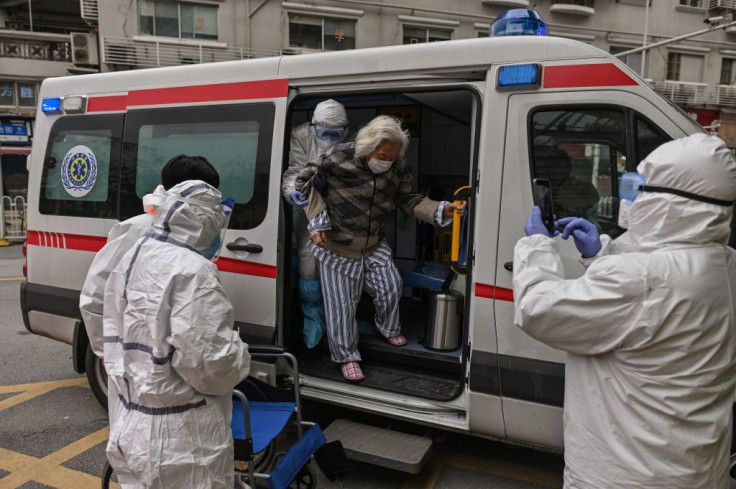COVID-19 Origins: Is There Reason To Believe The Virus Came From Wuhan Lab?

In the spotlight once again, the origins of COVID-19 have reemerged as a topic of discussion after three and a half years since the pandemic began. As the search for answers continues, recent developments shed light on the laboratory leak theory and the possibility of a wet market spillover. Science writer Mun-Keat Looi explored the latest evidence and its implications.
In an article published Monday in the peer-reviewed journal The BMJ, Looi discussed how recent declassified documents by the U.S. government, along with reports and interviews from various sources, reignited the debate surrounding COVID-19's origin.
The Wall Street Journal previously highlighted the alleged illness of three researchers conducting coronavirus research at a controversial Wuhan laboratory in late 2019, while a BBC podcast featured rare public comments from the former head of China's infectious disease agency. These developments added fuel to the lab leak theory, which suggests that COVID-19 may have resulted from a leak during laboratory experiments.
The Wuhan Institute of Virology (WIV), located in the city where the first SARS-CoV-2 cases were detected, played a pivotal role in assessing the credibility of the lab leak theory. Researchers at WIV had received funding for "gain of function" experiments, which involve manipulating viruses to understand potential mutations that could make them more dangerous.
While such associations raised eyebrows, it's important to note that laboratory leaks, although rare, do occur. However, no conclusive evidence has yet linked the origin of COVID-19 to the Wuhan laboratory.
The release of findings by the U.S. director of national intelligence left the door open to both the lab leak theory and the possibility of a natural spillover from an animal host. The report stated that "both a natural and laboratory associated origin remain plausible," offering no definitive answer.
It also dismissed the Wall Street Journal's claims about researchers falling ill with COVID-19, attributing their symptoms to unrelated illnesses. The report further highlighted the ongoing plausibility of both theories, leaving the quest for a conclusive answer in doubt.
Another report from the U.S. Government Accountability Office confirmed the funding provided by the National Institutes of Health (NIH) to WIV and the concerns regarding the EcoHealth Alliance's notification failures to the NIH about research conducted at WIV. However, the report did not definitively establish whether a laboratory leak had occurred.
Amidst the uncertainty, the World Health Organization (WHO) continues to call for China's cooperation and the release of more data for its ongoing investigation. Chinese officials, including George Gao, president of China's International Institute of Vaccine Innovation, have emphasized the need to remain open to all possibilities.
While Gao confirmed some form of investigation conducted by the Chinese government, he stated that he had heard the laboratory had been cleared of any wrongdoing. But he had not personally seen the investigation report.
Although no conclusive evidence supports the lab leak theory, numerous experts in virology, epidemiology and infectious diseases still maintain that available evidence points to SARS-CoV-2 spillover from an animal host, most likely at a wet market in Wuhan. The quest to uncover the true origins of COVID-19 continues, with ongoing scientific investigations and global efforts aimed at unraveling the mystery.



























